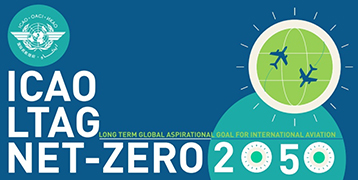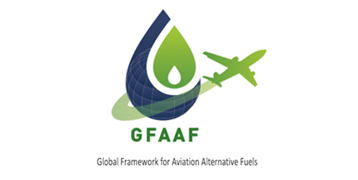Modelling of Aircraft Non-CO2 Emissions Using Freely Available Activity Data from Flight Tracking
Sustainability
• Volume 16
(2024)
• pp. 25-58
FEATURED BOOK
The objective of this work is to develop a new modelling tool to quantify non-CO2 emissions from aircraft during the landing and take-off (LTO cycle) considering the following criteria: (i) utilising freely available activity data; (ii) using widely recommended emission factors; (iii) providing emissions with the spatial and temporal resolution required for local air quality assessment. Freely available flight tracking data obtained from Flightradar24 and emission factors from the European Environment Agency (EEA/EMEP) are considered for the algorithm implementation and tested for Lisbon airport. The analyses of aircraft emissions during various flight stages reveal that HC and CO are mostly emitted during taxiing (93%), while NOX and PM are mostly produced during climb-out (48% and 35%, respectively). Sensitivity analysis, by using simplified activity data from publicly available databases against detailed engine models and emission factors, showed variations in the daily emissions of less than 13% in the case of CO and NOX, but up to 34% for HC and PM. The modelling approach based on freely available activity data developed in this work may offer valuable insights for quantifying airport emissions, providing crucial inputs for air quality assessment, and supporting the definition of mitigation strategies aimed at enhancing sustainability in aviation practices.
aviation; emission modelling; non-CO2 aircraft emissions; LTO; flight tracking data
1 total downloads



 Back
Back



